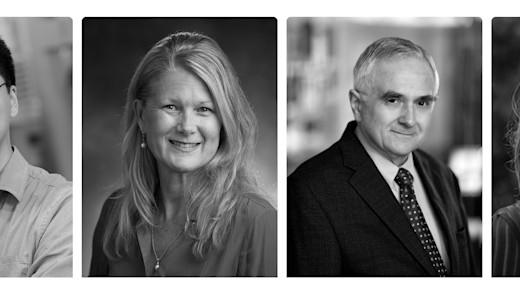For Researchers

While our priority is on funding translational and clinical research, we also support high-risk/high-reward discovery projects. FAST’s research program awards grants to the world’s most innovative minds who are focused on discovering and developing treatments, technologies and ultimately a cure benefiting those living with AS. The focus of FAST-funded research is in supporting projects that have the potential for having high impact on the therapeutic landscape that could benefit the entire Angelman community; therefore, priority will be given to research-based translational grants or those showing high promise for translating basic biomedical knowledge into clinical application.
Unlike other organizations, FAST does not have a research deadline, but instead maintains a rolling application process—enabling us to invest in promising ideas as soon as they surface, while being proactive and recruiting the best ideas and innovations in the world to work on Angelman syndrome.
FAST’s research program funds are raised through donations and grassroots fundraising activities initiated by FAST, our supporters, and families of individuals living with Angelman syndrome. We have a duty to ensure that this money is used to fund the highest quality research that has the greatest chance of having an impact on their lives. FAST will not pay any indirect costs on our FAST Grant-In-Aid or FAST Postdoctoral Fellowship programs, but will pay up to 5 percent in indirect costs on FAST-Trac Grants, IMPACT Grants, Investigator Grants and other investigator proposed clinical development programs. Indirect costs will be included in total project cost.
Our Model
Each proposal is sent to at least three members of our Scientific Advisory Board (SAB) or contracted outside to subject-matter experts. The SAB is made up of 25 individuals who are each world experts in their field. In addition, there are scientific consultants that volunteer to review for FAST, who we will leverage if the topic is in an area outside of the scope of members of the SAB, or there is any conflict of interest for members of the SAB.
These individuals review and give constructive feedback in a standardized manner on the translational relevance, scientific rigor, track record and expertise of the investigator, overall impact of the project as it relates to the mission of FAST, the proposed timeline, the associated budget of the project, and overall feasibility of the suggested research. This process is led by the chair of the Scientific Advisory Board, Dr. Barbara Bailus. At the same time, legal teams negotiate a contract to govern the grant and any advancements that may come from the grant. If and when the grant is scored in a range of high impact and approved by the chair of the SAB, the Chief Science Officer, and the entire FAST Board of Directors, then the contract is signed and the work can begin immediately.
For a list of all FAST-funded research projects, visit us here.
